Description
You will find R.E.A.L. Science Odyssey (RSO) to be unlike any other science curricula available. Most notably, it is secular. Only scientific inquiry and theory based on empirical and measurable evidence are understood to be valid and standard science in all of our RSO courses.
Also, RSO courses are written specifically for home and small group use. Packed full of serious science and loads of fun, RSO is an incremental program that gently builds on itself and incorporates mathematics, scientific method, and science terminology. Created with the science novice in mind, you don’t need any science background to teach RSO.RSO Life (level one) is divided into three sections: the human body, the animal kingdom, and the plant kingdom. Students study the major body systems through making models and doing tests on their own bodies. Classification and the five kingdoms of living things are studied as students make an animal kingdom book. Animal kingdom labs include examining real worms, mollusks, arthropods, and butterfly metamorphosis. Students learn about the plant kingdom through looking at the makeup and function of seeds, flowers, leaves, stems, and roots.
The following is a list of topics your child will learn during the year while completing Life (level one). Each topic and/or subtopic will include 1 to 3 lessons complete with lesson story, labs, reading, and other activities. Each topic will take anywhere from 1 to 4 weeks to complete. Remember your child will also be having a whole lot of fun. Also included in this scope are laughing, playing, digging, exploring, reading, singing, and begging for more RSO!
There are dozens of articles about teaching & learning science on the SEA Homeschoolers blog.
RSO Life Level
What is Life?
- Living vs. nonliving
- Living characteristics
The Cell
- Cell, nucleus, membrane, vacuole, chloroplast
Classifying Life
- Introduction to the Five Kingdoms of Living Things
- How and why scientists classify things
The Human Body
- Skeletal and muscular systems- structure and function
- Circulatory system- structure and function, blood and blood types
- Respiratory system- structure and function
- Digestive system ‘ structure and function
- Nervous system ‘ structure and function, five senses
- Growth and genetics ‘ stages of growth and inheritance
Animal Kingdom
- Cnidarians
- Worms
- Mollusk
- Echinoderm
- Arthropod (insects, arachnids, and crustaceans)
- Invertebrates vs. vertebrates
- Chordate (fish, amphibians, reptiles, birds, mammals)
Plant Kingdom
- Seeds (parts and function)
- Flowers (parts and function)
- Leaves (photosynthesis and types)
- Stems and Roots (types and functions)


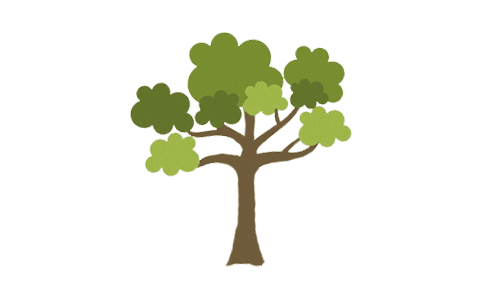
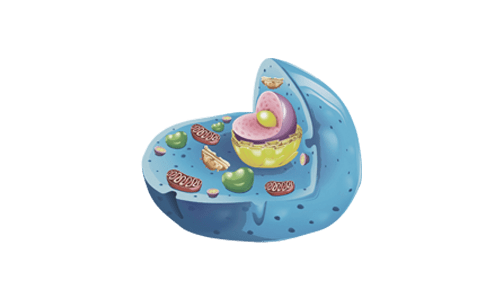
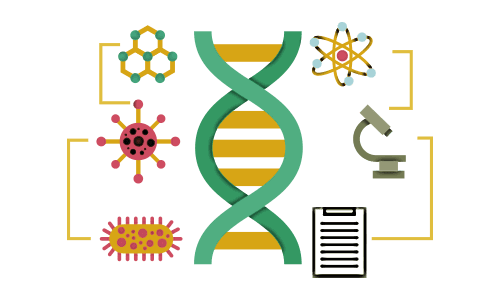
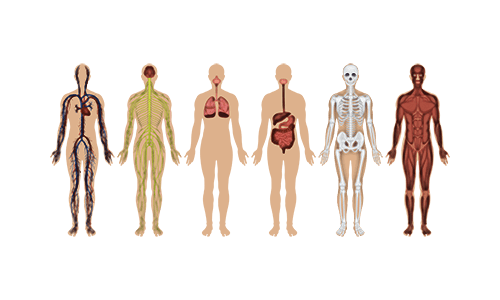
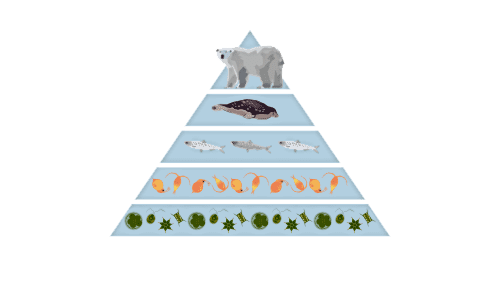
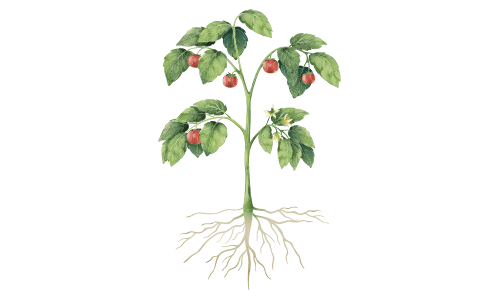
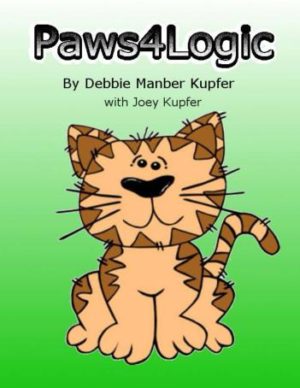
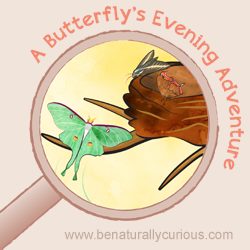
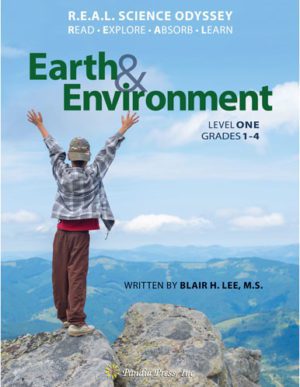

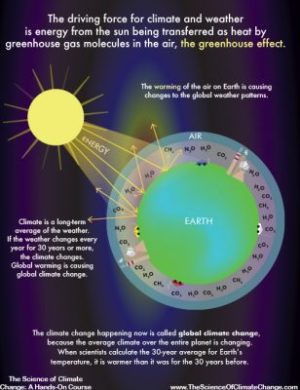
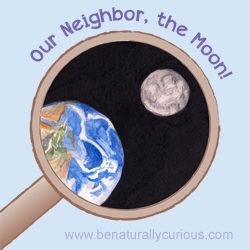
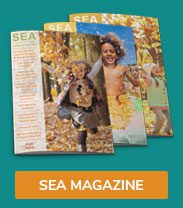
Reviews
There are no reviews yet.